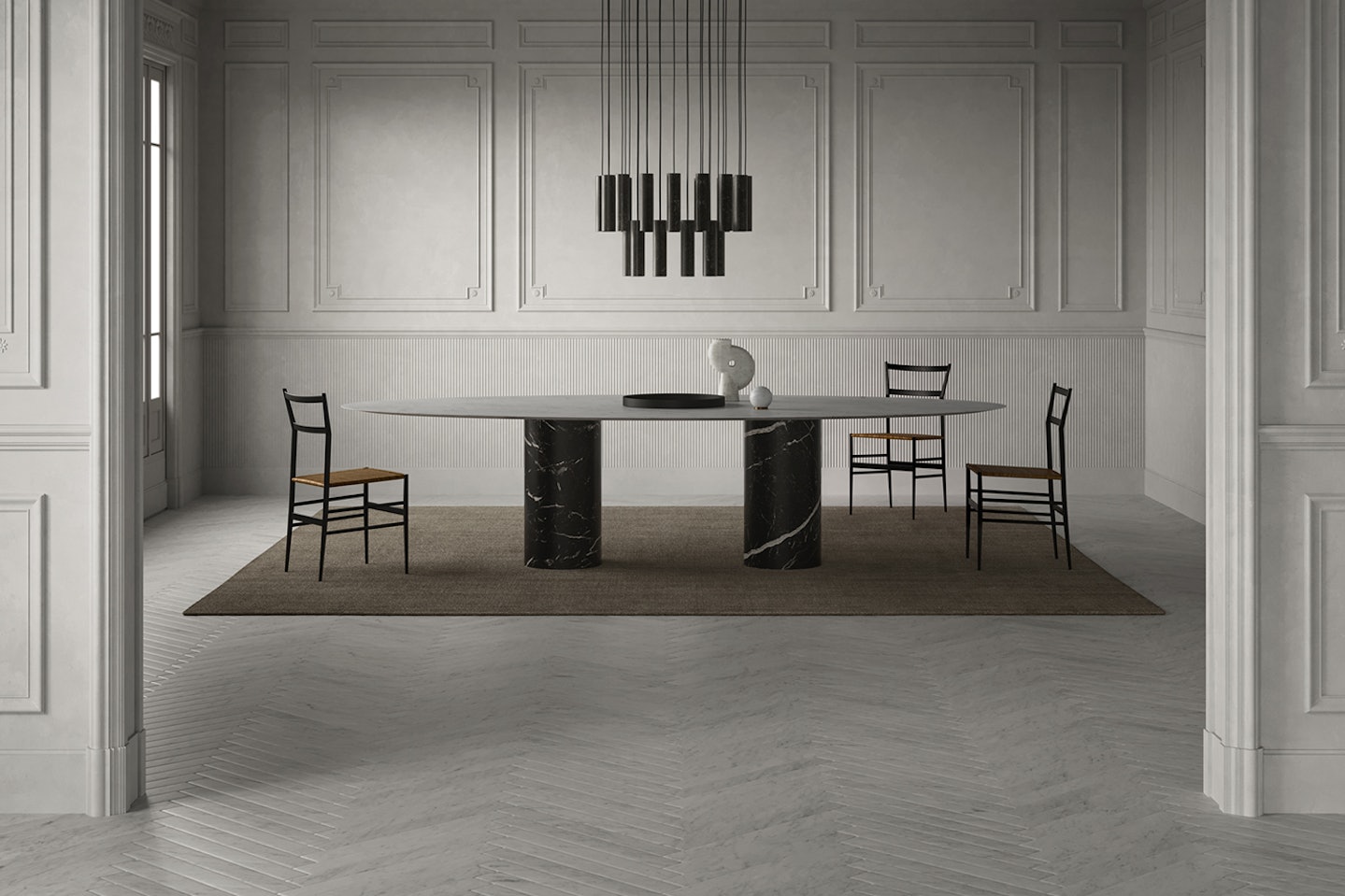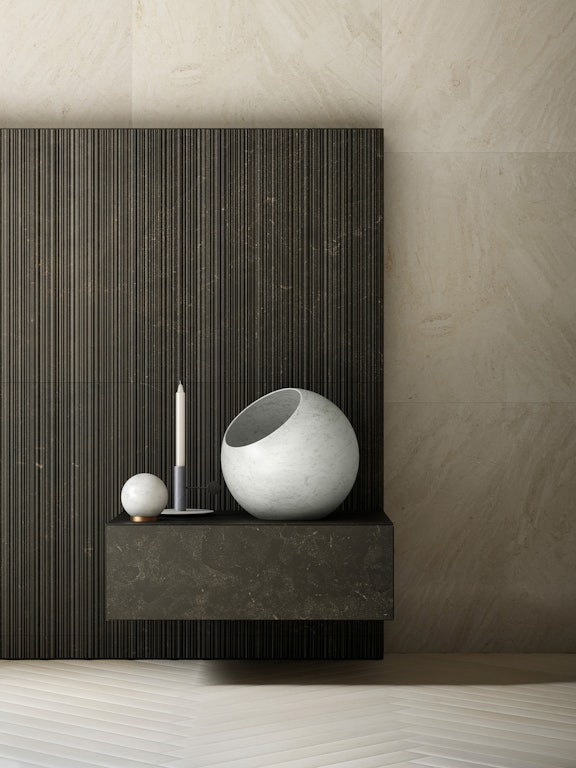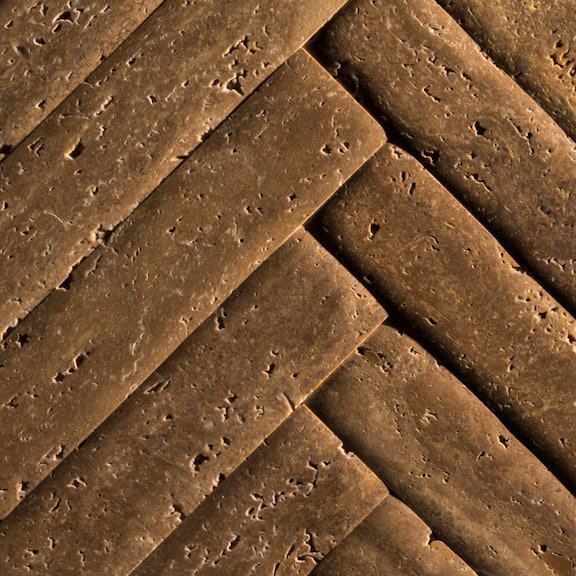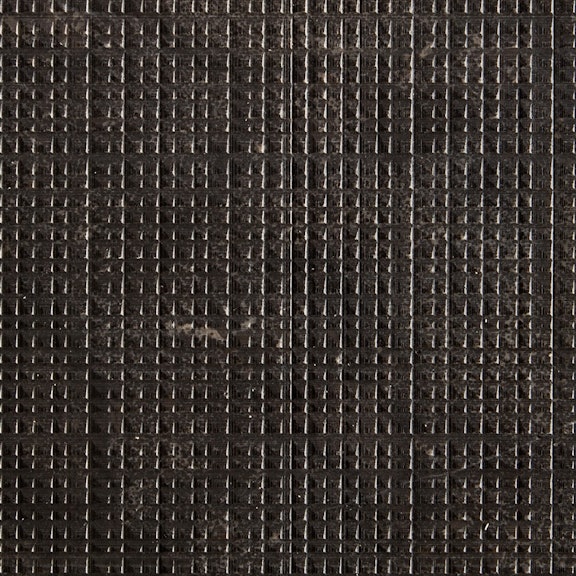Changing home flooring: what are your options?
03.2022
Interested in changing your home flooring? Here’s some useful advice you should consider
How changing your flooring can improve the style of your home.
Changing your home flooring is hardly an easy decision. Although installing a new floor allows you to revamp the look of your entire home, it can often be daunting to decide on the best timing and methods.
Do you want to revolutionise your home but don’t know where to start? Fear not! In this article, we’ll take a look at why changing your home flooring is a good choice, and what to consider before you decide which type of installation suits you best.
Are you ready? Let’s get started!
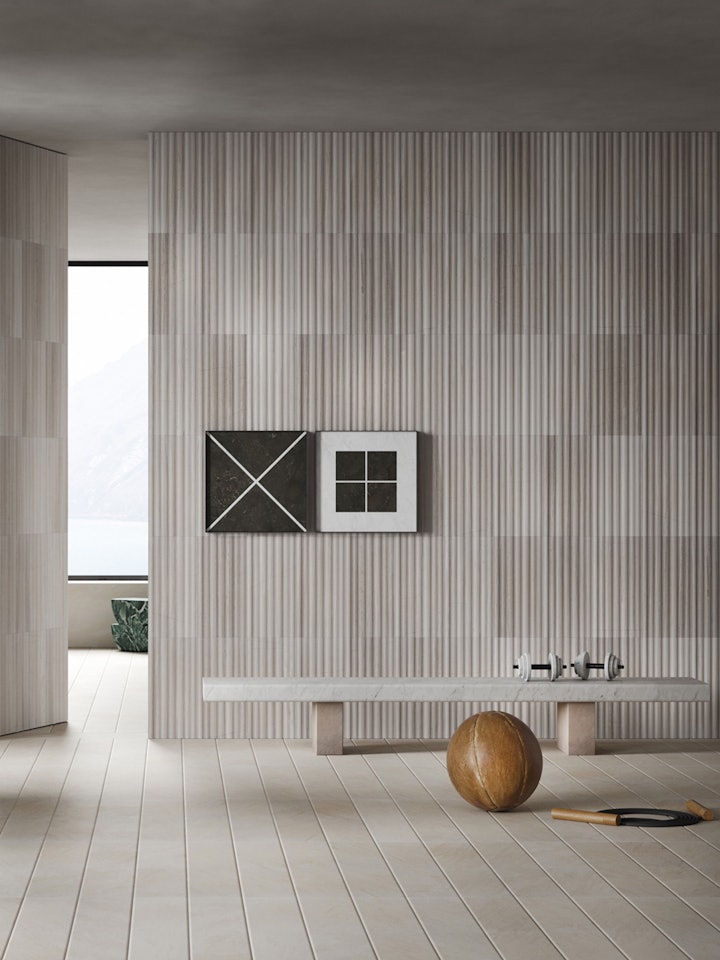
Changing your flooring: Why?
Deciding to change home flooring is a choice that arises from various motivations, but normally it comes down to three main reasons:
- You need to update the flooring in a room
- You’re trying to deal with used or ruined flooring
- Aesthetic reasons (you simply want a change!)
When you find yourself renovating an apartment, the question of your options and the different techniques available takes on considerable importance.
Dated pipes and changing regulations often require intervening with plumbing systems that, alas, pass right under the floor. In this case, in order to carry out the necessary upgrades and repairs it’s often necessary to demolish the old flooring.
Depending on the extent of the renovation, you can choose whether to redo the floor by changing it completely or instead experiment by trying interesting combinations, which allow you to save time and money, through combining different flooring types.
It’s a different story if the floor is worn or ruined. If the flooring is made of precious materials, like a beautiful marble, it is worth trying to revamp the floor without replacing it, bringing it back to its original splendour through the use of special machinery – even if for us at Salvatori, the patina that covers marble over the years is unique.
Where this is not possible, we can still evaluate the placement of inserts in the existing floor or alternatively completely replace the floor and decide later which options are best suited to your flooring needs.
What if you don’t need to modernise the pipes and the floor as they aren’t ruined, but they just don’t suit your taste? In this case changing can still be the right choice. The floor is a very important part of the house, and makes a big visual impact: after all the task of a house is to welcome us and make us relax, and a floor that is not to our taste absolutely does not contribute to achieving the best atmosphere for our home.
If there are no practical restrictions, the process of deciding how to replace the floor can become a much larger and more daunting choice. Remember that just redoing the floor without removing the old one can still be an excellent option.
Even if there are no obvious technical requirements, it is worth considering the factors that may make one choice better than another. Let’s discover them together.
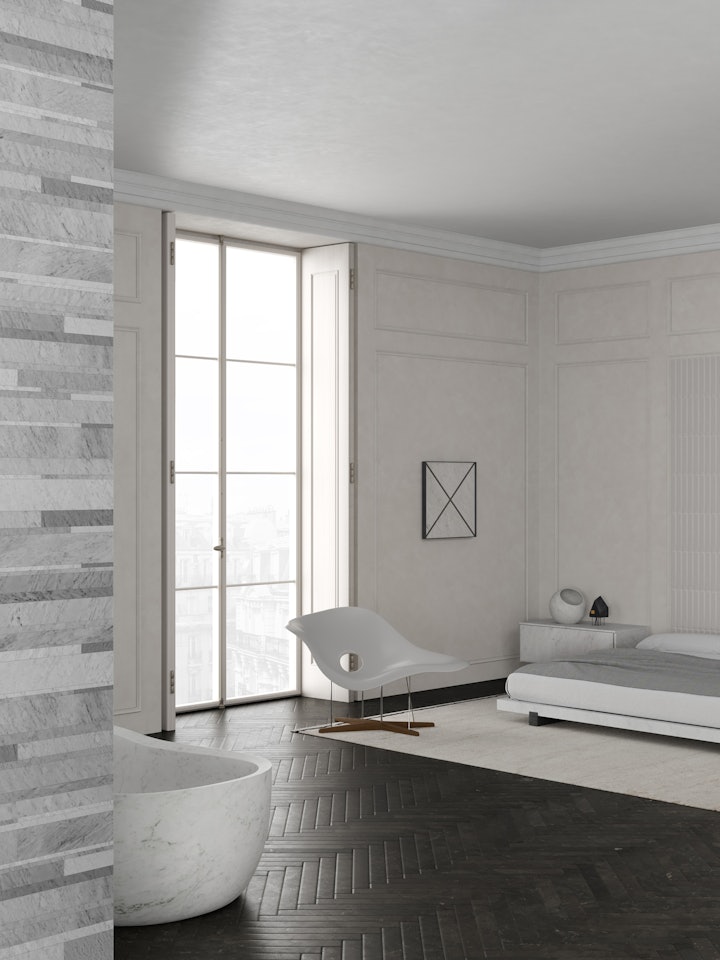
Features to consider before changing your flooring
As we will see later, there are two macro-categories of repaving: laying after demolishing the old floor and laying that rests on the existing floor.
Beyond the advantages and disadvantages that both types of intervention bring with them, if there is no obvious choice, before making a decision it is necessary to thoroughly analyse the area and accurately calculate these aspects:
- The presence of underfloor heating (a radiant floor)
- Any custom-made furniture
- The doors
- The state of the floor
If there is already a radiant floor heating system in the house being renovated adding an overlapping layer to the existing one is definitely not the best choice: on one hand, the impact on the underfloor heating will be noticeable; on the other hand, it would be necessary to very carefully study the expansion of both the old floor and the overlapped one in order to avoid surface breakage, through calculations that certainly cannot include all possible variables.
Another fundamental aspect to be considered is whether there are any custom-made furnishings in the property: although the installation of a superimposed floor is a much faster process, this type of flooring steals a few centimetres in height from the house. So in the case of full-height furnishings, the choice of superimposing a new floor is restricted to the use of very thin materials. In this scenario a safer choice, that would also allow more freedom when choosing a potential material, would be to demolish the floor and rebuild a new one, without adding additional thickness.
A similar issue involves the doors of the home. On the one hand, the installation of a superimposed floor is much simpler and faster, but on the other hand, the increase in thickness would create the need to raise all the doors, to recover the difference in height. Remaking the floor from scratch, although a lengthier process, would not create this additional step.
The last thing to consider is the condition of the existing floor: in fact, an overlapping floor cannot be used in every room. For this operation to be successful and for there to be no stability problems, the existing floor must be smooth, well compacted, and level.
Any imperfections could undermine the stability of the new flooring: sometimes it may therefore be necessary to create a layer that levels the whole, but this would also greatly increase the added thickness, and with this present all the additional consequences mentioned above.
Now that we’ve taken a look at the main restrictions that can guide us in the choice of laying our floor, let’s take a closer look together in more detail at these two techniques of flooring…
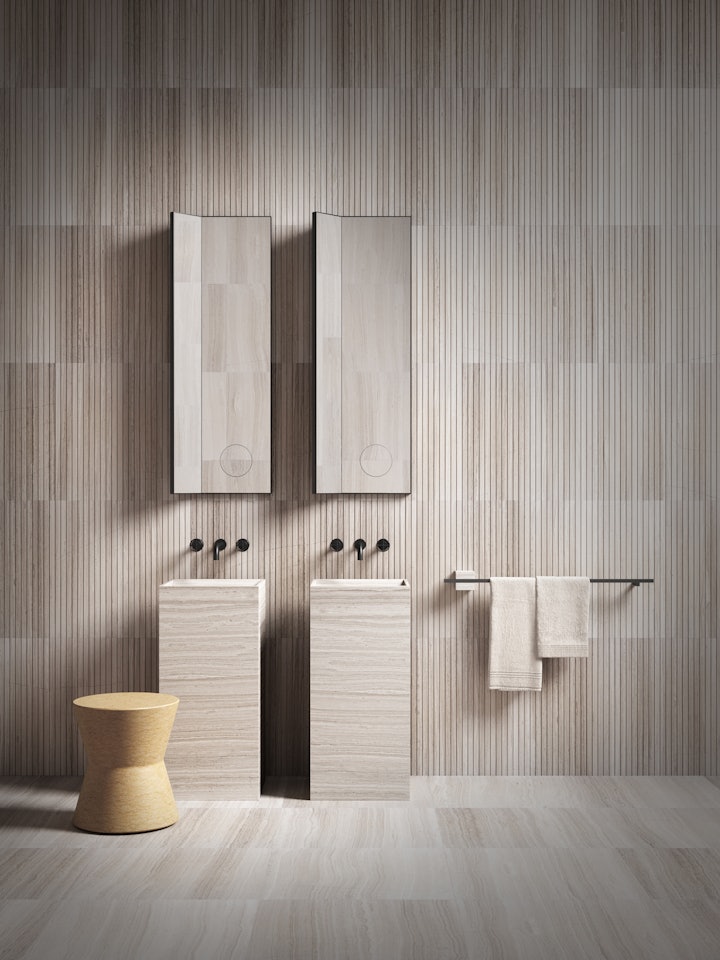
Laying by dismantling an old floor
Let’s start with the most classic type of laying: laying with a removal of the old floor. Until fairly recently, this was the only option available to anyone wishing to renew the floor of their house.
As we have already seen, this type of operation is necessary when the facilities of the house require substantial interventions, and undoubtedly allows more freedom in the choice of materials, for example not having to worry about their thickness. It is also an excellent choice when looking at anti-seismic standards: dismantling and laying the new floor allows you to make constructions lighter and more flexible.
However, along with all these positives, this type of intervention also brings with it two important negative aspects: a long complicated installation period, as well as a high increase in cost.
In order to carry out such an intervention it is necessary to completely clear the apartment and demolish the existing floor with noisy tools, along with the consequent creation of dust and debris that every demolition entails. Sometimes the need to remove and recreate all the layers and start over from scratch creates a much higher cost, yet the added price tag is appropriate for an intervention that can take days to be realized.
Often, if what you want is to just restyle your house, the idea of facing such an operation can be incredibly discouraging and distract from your original ideas. Fortunately, modern construction has evolved, which means changing your home flooring can be done in a significantly shorter time frame and at a fraction of the cost. Let’s see how!
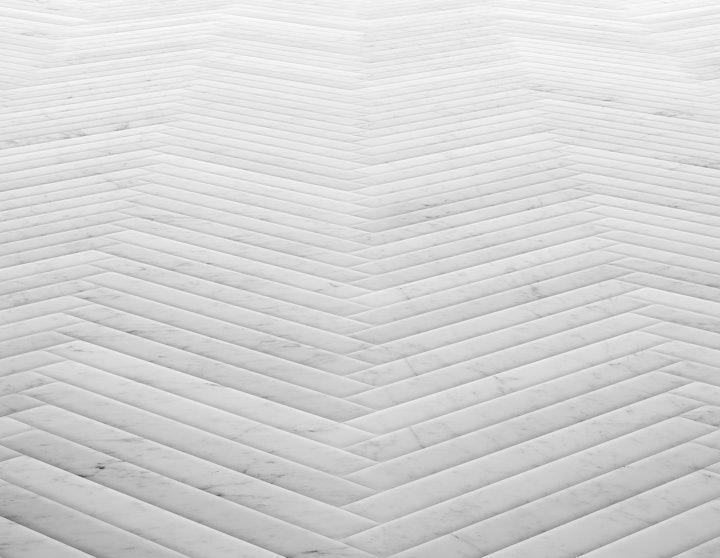
Laying of superimposed floor on existing floor
Laying a superimposed floor has become increasingly popular in recent years. The possibility of avoiding long and complex installations while still gaining a very beautiful and functional environment is certainly attractive.
As we have seen, there are important constraints that may preclude covering the existing floor. So before deciding on this installation, a careful analysis of the flooring by an expert is always strongly recommended.
If the installation is feasible, all that remains is to choose which of the two laying systems for overlay flooring best suits our needs.
Let’s take a look together at the main features of both methods, and how the laying process takes place…
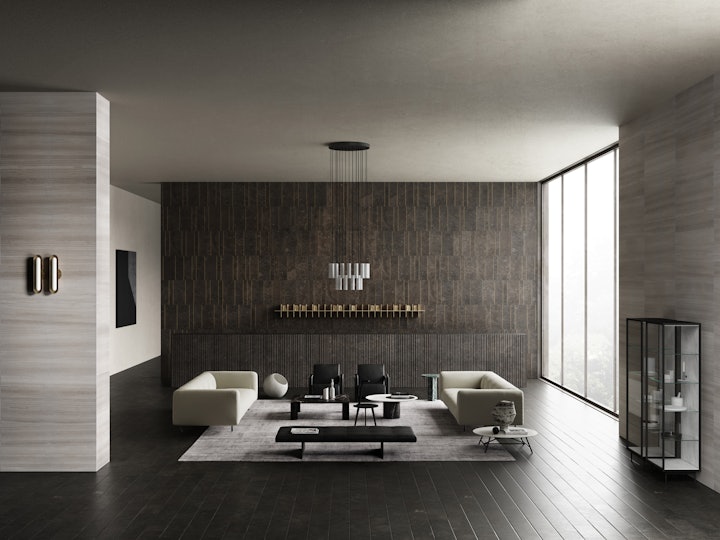
Dry floor: floating installation
The first type of floor that we’re going to look at is the floating floor. The essential characteristic of this floor is that it is fixed to the old floor simply by interlocking, without the use of adhesives or mortar to bind it to the previous floor: hence the other name by which this process is known, simply “dry floor”.
There are many positive aspects to this floor covering: in addition, as already mentioned, to a significantly reduced installation time, not using glue allows you to use the floor immediately, without having to put up with a tedious drying time. This makes it easier to change the floor of a furnished house, because the furniture can be moved quickly from one room to another.
Its innovative interlocking mechanism also makes it easy to disassemble the new floor when needed. This is something that can become very handy if, for example, you decide to renovate a rented space: the minimal invasiveness of this method of flooring allows you to carry out a restyling that is completely non-committal. Don’t like the results? It’s no hassle to change them.
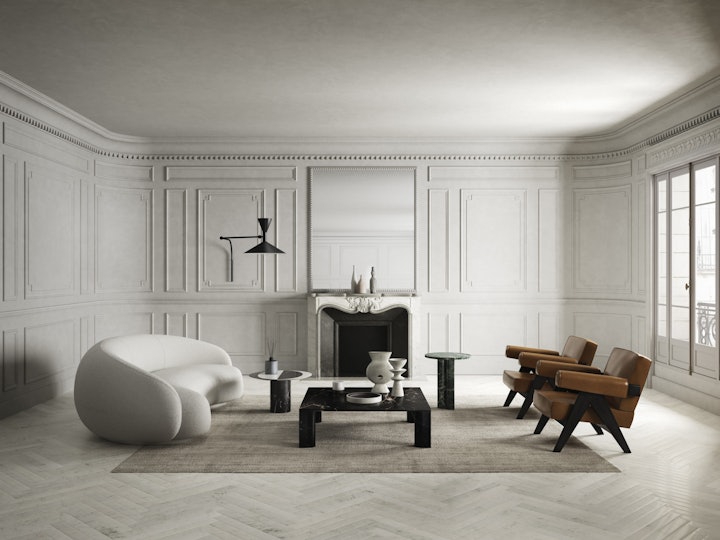
Bonded floor
Halfway between the floating floor and completely new flooring, there is a second type of floor: the glued floor.
The invasiveness of bonded flooring is an intermediate option: on the one hand its installation does not require long demolition times, but on the other hand the fixing with glue makes it a much more stable option than the floating floor.
The glue-laying floor is therefore a much more durable solution than the floating one: to remove it, it will be necessary to detach or, even worse, to break the floor. This means this solution isn’t as well suited to the renovation of a rented environment: the choice of bonded floors is recommended when you know for certain that the flooring you are installing will remain in place for many years to come. If you’re looking for durable flooring this is the option for you.
So, let’s recap. What have we covered?
Changing flooring is an operation that can not only allow us to solve technical problems, it can also present the opportunity to give our home a completely new look and reinvigorate it.
The types of installation to choose from are very different from each other and deciding the best flooring option involves a careful and considered choice. Turning to an expert, who knows perfectly all the parameters to be measured and knows how to foresee problems is the best choice.
So don’t hesitate to contact us! Our experts will guide you in the most suitable choice for your needs!
